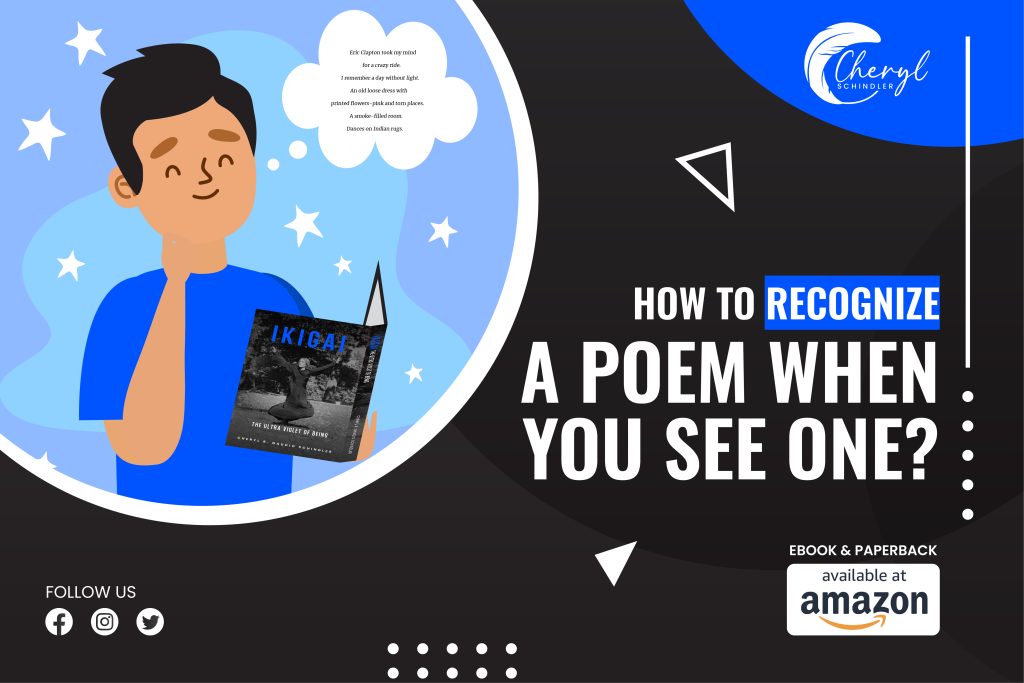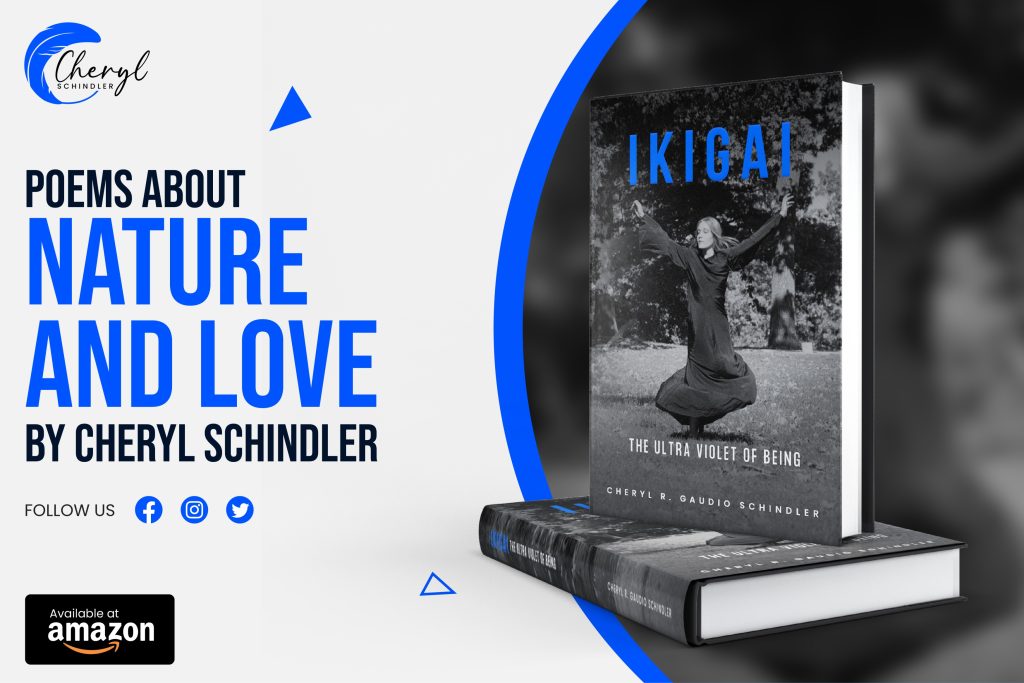
Poetry possesses a unique and ethereal quality that sets it apart from other forms of written expression in literature. How to recognize a poem when you see one is an art worth looking for, as it allows you to get into the rich thoughts, emotions, ideas, and imagery provoked by the poets.
Understanding the Essence of Poetry
#1 Emotional Depth
A poem often conveys intense emotions, whether love, sorrow, joy, or anger. These emotions are typically expressed through carefully chosen words and crystal-clear imagery.
#2 Metaphorical Language
Poets frequently employ metaphors and similes to convey abstract ideas or feelings. This keen use of figurative language can be a strong indicator of poetry.
#3 Line Breaks and Stanzas
Unlike prose, poetry often features distinct line breaks and stanza structures. These breaks are intentionally placed to create rhythm and emphasis.
#4 Analyzing the Wordsmith’s Creation
To recognize a poem effectively, you need to analyze the wordsmith’s work, which involves paying keen attention to the tiny details in implementing literary devices and techniques.
#5 Rhyme and Meter
Many poems incorporate rhyme schemes and specific meters, such as iambic pentameter. We need to recognize these patterns that can drastically help identify a poem.
#6 Alliteration and Assonance
Poets may use alliteration (repetition of initial constant sounds) and assonance (repetition of vowel sounds) to enhance the musicality of their work.
#7 Symbolism
Symbolic language is a hallmark of the poetry in the literature world. Symbols can be anything: objects, actions, or even words that possess the ability to represent deeper abstract concepts.
#8 Imagery and Evocative Language
One of the most attractive aspects of poetry is its ability to paint intense pictures by uttering words when trying to recognize a poem for visual imagery. Poets often create visual images through their descriptive language sense. These images can transport you to different times and places while evoking the strong emotions you behold.
#9 Sensory Details
The poetry hassle allows you to pledge your overall sense. However, a poem may describe what is seen and express what is felt, heard, smelled, and tested.
Comparing your poetry to other written forms
It can be challenging to distinguish your poetry from prose, essays, or other written artworks, making it an essential endeavor. Understanding the unique characteristics of poetry is valuable, but it’s equally crucial to discern what sets prose apart. Explore the basic yet meaningful properties of each, with a special focus on the intricacies found in the realm of the best modern poetry.
#1 Line Length
You must have seen that poetry often has shorter lines compared to prose. However, the lines may vary depending on the length required to create rhythm and emphasis.
#2 Compact Language
Poems are usually considered an economic form of writing, as they contain a lot of meaning in a short package of words. Nonetheless, every word is chosen deliberately to stand meaningfully in its way.
#3 Emotional Impact
Apart from the aspects mentioned above, poetry’s emotional impact is usually stronger and more concentrated than prose’s. It makes you feel each of its essence deeply.
The Influence of Culture and Time
Poetry is not a static art form; it evolves and is shaped by culture and society. Recognizing a poem must also consider the cultural and temporal context.
Different cultures have their poetic traditions and forms. Familiarizing yourself with these can help you identify poetry specific to a particular culture.
Poetry often reflects its time’s prevailing social, political, and cultural norms. When you understand the historical context, it can provide you with valuable clues.
Contemporary Poetry and Its Challenges
In today’s digital era, poetry transcends traditional prints. Recognizing a poem spans various mediums. Poets explore digital realms, infusing visuals, audio, and interactive elements into their creations. While unconventional, these expressions are still poems. Live poetry performances captivate audiences through spoken word and body language, evoking powerful emotions. While we’ve outlined objective criteria to identify poems, intuition plays a role. Sometimes, a piece may not meet all criteria but resonates as poetry. Trust your instincts; if it feels like poetry, it likely is. Beyond academic analysis, poetry is an exploration of joy. It invites unique engagement with language and emotions, encouraging us to perceive the world through a distinct lens, illuminated by “The Ultra Violet of Being.” This influence extends into diverse genres, including social emotional books.
Conclusion
Cheryl Schindler’s “The Ultra Violet of Being” offers better and unique perspectives on poetry. While this phrase may not be widely recognized, it adds more depth to our discussion. If we compare the aspect of poetry with Schindler’s “The Ultra Violet of Being,” we look at poetry through a lens of heightened perception, like experiencing the world through a different vision.
Recognizing a poem when you see one involves attuning yourself to the nuances of language, emotions, and multiple artistic expressions. It’s about accepting “The Ultra Violet of Being” as a means to explore the depths of human experience through the beauty of words. In all its diversity, poetry remains a profound and ever-evolving art form.
As Cheryl Schindler’s metaphorical “The Ultra Violet of Being” suggests, poetry offers a different perspective and a heightened sense of existence. So, the next time you encounter a piece of writing that seems to rumble with your thoughts on a deeper level, take a closer look at it. It may just be a poem inviting you to step into the radiant world of emotions and imagination that poetry encompasses. How to recognize a poem when you see one is not just an intellectual pursuit; it’s an invitation to experience the extraordinary within the ordinary.












